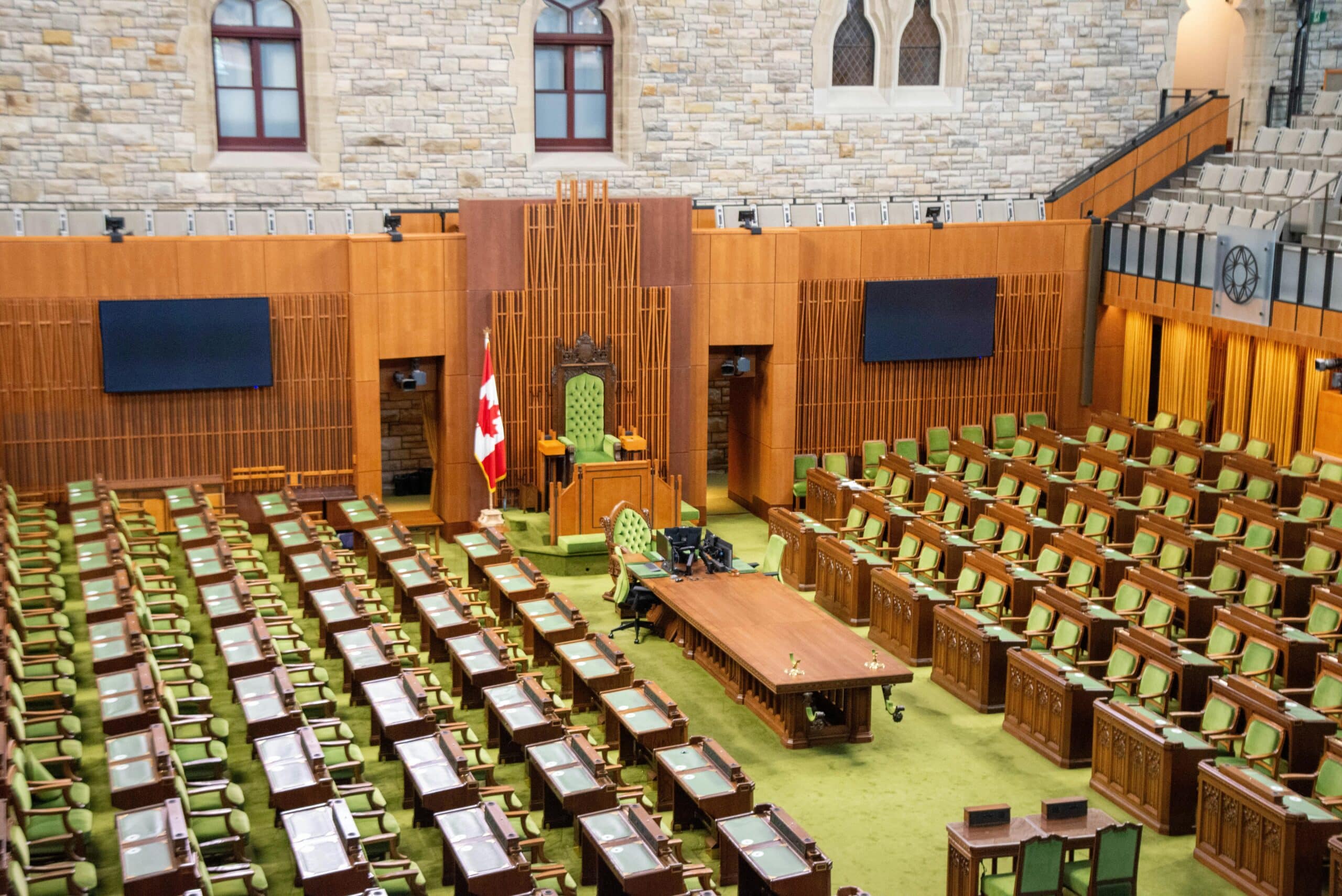Amid sizzling real estate markets in places like Toronto and Vancouver that have driven prices North of the border sky high, Canadians have been looking South for opportunities to profit on better values in U.S. real estate investments.
Recent changes to the U.S. tax law should cause Canadians who are organizing U.S. real estate partnerships and syndications to reconsider how these investments are organized.
The traditional set-up
Typically, Canadian investors invest in a Canadian limited partnership which, in turn, owns a U.S. limited partnership in conjunction with a nominal U.S. general partner. The U.S. partnership invests in the U.S. real estate.
Under this structure, the annual filings are relatively seamless. However, from an administrative standpoint, there are some potential costly issues:
- Each Canadian partner must undertake annual filings with the IRS and the relevant state. In certain cases, the failure to file timely returns can result in costly penalties.
- The partnership must undertake to withhold tax and file forms on income on a quarterly and annual basis for each partner in the partnership.
- The partnership must collect withholding exemption/mitigation forms from each partner and must collect under withholding from partners who have received cash after the fact if the IRS subsequently rejects a withholding reduction application from the partner.
The “check the box” election
In order to streamline compliance for both the partnership and its partners, some partnerships have undertaken a “check the box” (“CTB”) election to be taxed as a Canadian corporation from a U.S. perspective. The election makes the Canadian partnership – as opposed to its partners – the sole limited partner in the U.S. partnership, thereby eliminating the Canadian investors’ U.S. filing requirement, as well as simplifying the withholding compliance for the partnership.
For Canadian purposes, the Canadian partnership would file as such, and any U.S. tax paid by the partnership as a result of the CTB election would be creditable on the Canadian investor’s return. This was favorable to the extent that U.S. tax rates on certain categories of income were lower than Canadian tax rates.
A major disadvantage occurred where U.S. corporate rates were higher than Canadian rates inasmuch as there would be significant U.S. tax leakage. For example, a U.S. capital gain would be taxed at anywhere between 34% and 43%, depending on the state. Compared with an effective rate of less than 27% to an Ontario individual investor, there was a significant tax cost at capital gains earned after a CTB election.
Opportunities under tax reform
Under U.S. tax reform, the U.S. federal corporate rate has been reduced to 21%. Though the rate could theoretically be increased in the future, it should be noted that even former President Obama had advocated a reduction in the U.S. federal corporate rate while he was in office.
The new U.S. federal corporate rate coupled with the state tax rate provides relative rate neutrality between Canada and the U.S. at the U.S. corporate and Canadian individual/corporate level. As a result, the CTB election should be seriously considered by all those organizing Canadian partnerships to invest in the U.S.
There are circumstances where investors may not be interested in investing in a CTB entity:
- Investors who would like to use losses from prospective investments to offset income from existing U.S. investments.
- U.S. citizen/resident investors who may have a concern about investing in a Passive Foreign Investment Company (“PFIC”).
In each of these cases, the prospective structure can be modified to accommodate individual investors in a separate Canadian partnership.
For more information on this topic, please contact your Zeifmans advisor today, or Stanley Abraham, U.S. Tax Partner at 647.256.7551 or sa@zeifmans.ca.



